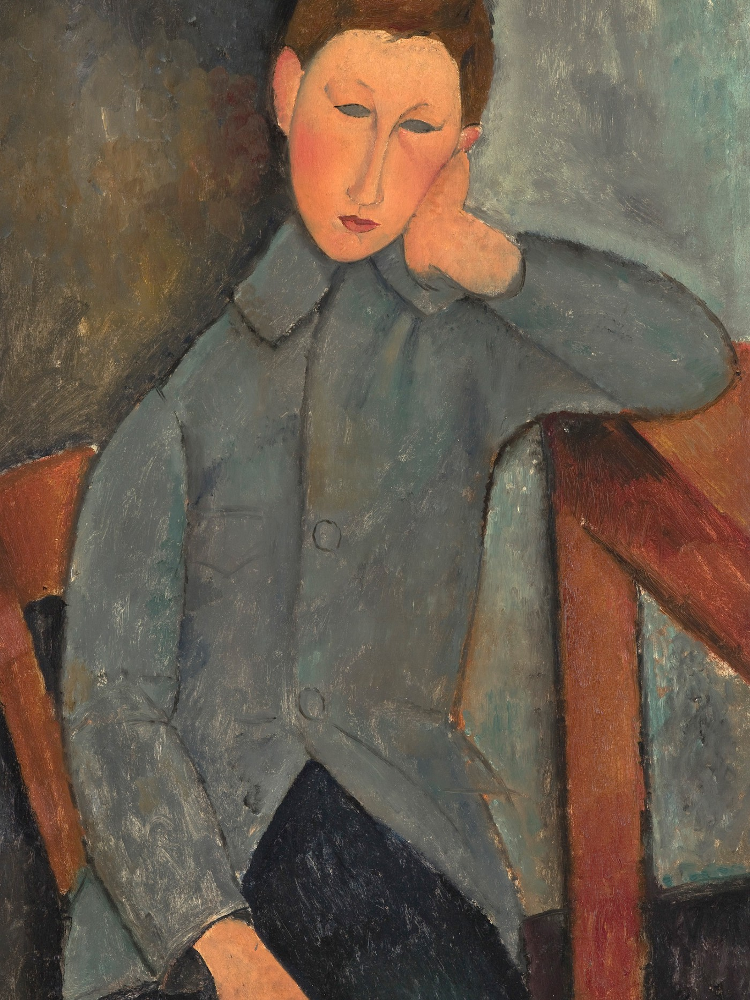


In the third post of her second series (post one & two), Anne Young ponders what can you do when your GLAM wants to go Open Access but doesn’t have the capabilities to fully automate the process and helps you bridge the gap from all rights reserved to full Open Access by going “Semi-Open Access.”
The Boy (detail), 1919, oil on canvas, 36–1/4 x 23–3/4 in. Indianapolis Museum of Art at Newfields, Gift of Mrs. Julian Bobbs in memory of William Ray Adams, 46.22. Public Domain.
Now, you may say that that “Semi-Open Access” isn’t actually an actual thing, and that true Open Access requires zero restrictions on use of the GLAM content AND fully automated online access to said content. But, let’s acknowledge that many GLAMs struggle to get their content into an online collection to begin with, let alone implement the next steps to automate Open Access downloads. Hence, I present “Semi-Open Access” may be a viable mid-point.
Many GLAMs are able to process individual licensing requests and deliver collections content to users, but may not have the coordinated CMS, DAMS, and API components to make direct online downloads a reality. Thus, GLAMs can attain a variant of Open Access by offering collection content to users―with zero fees, contracts, or restrictions on use and reuse―by following similar processes to individually licensing content and thereby achieve “Semi-Open Access.”
In these cases, my suggestion to GLAMs is to outline a clear policy of NO reproduction fees on Public Domain content, require NO licensing contracts to use or reuse content IN ANY WAY, and provide third parties with the content individually via email or a file sharing service. GLAMs may also consider utilizing a platform, such as Wikimedia Commons, to facilitate sharing files of their collection content.
A Ride for Liberty — The Fugitive Slaves, about 1862, oil on paperboard, 21–15/16 × 26–1/8 in. Brooklyn Museum of Art, Gift of Gwendolyn O. L. Conkling, 40.59A-B. Public Domain.
While this halfway step of “Semi-Open Access” is far from perfect, it is more attainable for many GLAM institutions. It is a stepping stone for when they can implement the coordinated CMS, DAMS, and API delivery for direct online downloads of content and thus achieve Full Open Access.
Further, this concept of “Semi-Open Access” can be a good way to “test the waters” should a GLAM face reservations or concerns from staff to perceived lack of control of uses of “their collection content” by instituting full Open Access.
(Insert eye roll here from those working in GLAM institutions that have gone Open Access and can attest there is nothing to fear from opening up Public Domain content to use and reuse!)
Hopefully, eventually, all GLAMs will have full Open Access from their websites, but in the interim, I encourage those of you that aren’t there yet to implement at least “Semi-Open Access” in the spirit of collegiality, supporting reuse, and―if nothing else―fewer contracts!
This recent article shows why we need Open Access to reduce unnecessary, and dare I even say exploitative, licensing fees to Public Domain GLAM content.
In my last post, I’ll give you a “cheatsheet” of GLAM licensing practices and Open Access policies.
Disclaimer: The content of this post does not constitute legal advice nor does it refer to any particular or specific situation. If you have any doubts about your specific situation, you should consult with a lawyer.
These posts were compiled out of the set of tweets that Anne did during her curation of the @openglam Twitter account. Remember you can do it too, just sign up here!
Anne Young is the Director of Legal Affairs and Intellectual Property at Newfields and editor of “Rights and Reproductions: The Handbook for Cultural Institutions, Second Edition”, for which she received the Visual Resources Association’s Nancy DeLaurier Award in 2017.
Some rights reserved CC BY-NC
Dịch: Lê Trung Nghĩa
Ý kiến bạn đọc
Những tin mới hơn
Những tin cũ hơn
Blog này được chuyển đổi từ http://blog.yahoo.com/letrungnghia trên Yahoo Blog sang sử dụng NukeViet sau khi Yahoo Blog đóng cửa tại Việt Nam ngày 17/01/2013.Kể từ ngày 07/02/2013, thông tin trên Blog được cập nhật tiếp tục trở lại với sự hỗ trợ kỹ thuật và đặt chỗ hosting của nhóm phát triển...
 Loạt bài về AI và AI Nguồn Mở: Công cụ AI; Dự án AI Nguồn Mở; LLM Nguồn Mở; Kỹ thuật lời nhắc;
Loạt bài về AI và AI Nguồn Mở: Công cụ AI; Dự án AI Nguồn Mở; LLM Nguồn Mở; Kỹ thuật lời nhắc;
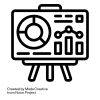 Các bài trình chiếu trong năm 2024
Các bài trình chiếu trong năm 2024
 Tập huấn thực hành ‘Khai thác tài nguyên giáo dục mở’ cho giáo viên phổ thông, bao gồm cả giáo viên tiểu học và mầm non tới hết năm 2024
Tập huấn thực hành ‘Khai thác tài nguyên giáo dục mở’ cho giáo viên phổ thông, bao gồm cả giáo viên tiểu học và mầm non tới hết năm 2024
 Các lớp tập huấn thực hành ‘Khai thác tài nguyên giáo dục mở’ tới hết năm 2024
Các lớp tập huấn thực hành ‘Khai thác tài nguyên giáo dục mở’ tới hết năm 2024
 Các tài liệu dịch sang tiếng Việt tới hết năm 2024
Các tài liệu dịch sang tiếng Việt tới hết năm 2024
 ‘Digcomp 2.2: Khung năng lực số cho công dân - với các ví dụ mới về kiến thức, kỹ năng và thái độ’, EC xuất bản năm 2022
‘Digcomp 2.2: Khung năng lực số cho công dân - với các ví dụ mới về kiến thức, kỹ năng và thái độ’, EC xuất bản năm 2022
 Tổng hợp các bài của Nhóm các Nhà cấp vốn Nghiên cứu Mở (ORFG) đã được dịch sang tiếng Việt
Tổng hợp các bài của Nhóm các Nhà cấp vốn Nghiên cứu Mở (ORFG) đã được dịch sang tiếng Việt
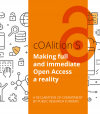 Tổng hợp các bài của Liên minh S (cOAlition S) đã được dịch sang tiếng Việt
Tổng hợp các bài của Liên minh S (cOAlition S) đã được dịch sang tiếng Việt
 Năm Khoa học Mở & Chuyển đổi sang Khoa học Mở - Tổng hợp các bài liên quan
Năm Khoa học Mở & Chuyển đổi sang Khoa học Mở - Tổng hợp các bài liên quan
 Hội nghị Đối tác Dữ liệu Mở châu Á năm 2021 do Việt Nam lần đầu tiên chủ trì
Hội nghị Đối tác Dữ liệu Mở châu Á năm 2021 do Việt Nam lần đầu tiên chủ trì
 Phong trào Bình dân học vụ số: Mục tiêu, đối tượng, nội dung, nguồn lực, phương thức tổ chức thực hiện
Phong trào Bình dân học vụ số: Mục tiêu, đối tượng, nội dung, nguồn lực, phương thức tổ chức thực hiện
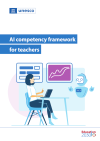 Khung năng lực AI cho giáo viên
Khung năng lực AI cho giáo viên
 Bạn cần biết những gì về các khung năng lực AI mới của UNESCO cho học sinh và giáo viên
Bạn cần biết những gì về các khung năng lực AI mới của UNESCO cho học sinh và giáo viên
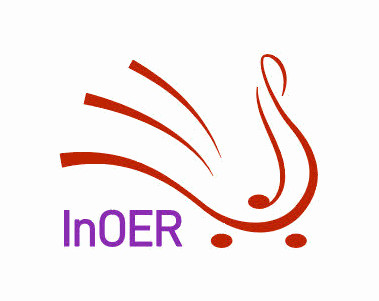 Lễ công bố công khai Trung tâm Năng lực Kim cương châu Âu và dự án ALMASI
Lễ công bố công khai Trung tâm Năng lực Kim cương châu Âu và dự án ALMASI
 Bàn về 'Lợi thế của doanh nghiệp Việt là dữ liệu Việt, bài toán Việt' - bài phát biểu của Bộ trưởng Nguyễn Mạnh Hùng ngày 21/08/2025
Bàn về 'Lợi thế của doanh nghiệp Việt là dữ liệu Việt, bài toán Việt' - bài phát biểu của Bộ trưởng Nguyễn Mạnh Hùng ngày 21/08/2025
 Ngày Phần mềm Tự do, Ngày Phần cứng tự do, Ngày Tài liệu Tự do
Ngày Phần mềm Tự do, Ngày Phần cứng tự do, Ngày Tài liệu Tự do
 ‘Khung năng lực AI cho giáo viên’ - bản dịch sang tiếng Việt
‘Khung năng lực AI cho giáo viên’ - bản dịch sang tiếng Việt
 Các tài liệu dịch sang tiếng Việt tới hết năm 2024
Các tài liệu dịch sang tiếng Việt tới hết năm 2024
 Các bài trình chiếu trong năm 2024
Các bài trình chiếu trong năm 2024
 Ứng dụng và phát triển Tài nguyên Giáo dục Mở (OER) tại Việt Nam
Ứng dụng và phát triển Tài nguyên Giáo dục Mở (OER) tại Việt Nam
 Mark Zuckerberg: DeepSeek cho thấy vì sao nước Mỹ phải là ‘tiêu chuẩn nguồn mở toàn cầu’ của AI; không có lý do gì để suy nghĩ lại về việc chi tiêu
Mark Zuckerberg: DeepSeek cho thấy vì sao nước Mỹ phải là ‘tiêu chuẩn nguồn mở toàn cầu’ của AI; không có lý do gì để suy nghĩ lại về việc chi tiêu
 Nhà khoa học AI hàng đầu của Meta cho biết thành công của DeepSeek cho thấy 'các mô hình nguồn mở đang vượt trội hơn các mô hình độc quyền'
Nhà khoa học AI hàng đầu của Meta cho biết thành công của DeepSeek cho thấy 'các mô hình nguồn mở đang vượt trội hơn các mô hình độc quyền'
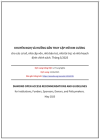 ‘KHUYẾN NGHỊ VÀ HƯỚNG DẪN TRUY CẬP MỞ KIM CƯƠNG cho các cơ sở, nhà cấp vốn, nhà bảo trợ, nhà tài trợ, và nhà hoạch định chính sách’ - bản dịch sang tiếng Việt
‘KHUYẾN NGHỊ VÀ HƯỚNG DẪN TRUY CẬP MỞ KIM CƯƠNG cho các cơ sở, nhà cấp vốn, nhà bảo trợ, nhà tài trợ, và nhà hoạch định chính sách’ - bản dịch sang tiếng Việt
 “Chúng tôi không có hào nước”: Sự đổi mới đột phá của AI nguồn mở
“Chúng tôi không có hào nước”: Sự đổi mới đột phá của AI nguồn mở
 DeepSeek đã gây ra sự hoảng loạn trên thị trường — nhưng một số người cho rằng việc bán tháo là quá mức
DeepSeek đã gây ra sự hoảng loạn trên thị trường — nhưng một số người cho rằng việc bán tháo là quá mức
 50 công cụ AI tốt nhất cho năm 2025 (Đã thử và kiểm nghiệm)
50 công cụ AI tốt nhất cho năm 2025 (Đã thử và kiểm nghiệm)
 Dữ liệu để phân loại AI
Dữ liệu để phân loại AI
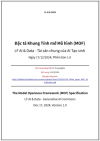 ‘Đặc tả Khung Tính mở Mô hình (MOF)’ của LF AI & Data - Tài sản chung của AI Tạo sinh - bản dịch sang tiếng Việt
‘Đặc tả Khung Tính mở Mô hình (MOF)’ của LF AI & Data - Tài sản chung của AI Tạo sinh - bản dịch sang tiếng Việt
 UNESCO dành Ngày Giáo dục Quốc tế 2025 cho Trí tuệ nhân tạo
UNESCO dành Ngày Giáo dục Quốc tế 2025 cho Trí tuệ nhân tạo
 AI trong TVET - Một vài gợi ý triển khai trong thực tế
AI trong TVET - Một vài gợi ý triển khai trong thực tế